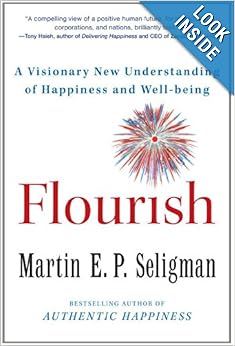Wow, May sure went by in a flash! Here we are, on the doorstep of June. Of summer. Summer’s not my favorite, but this year I’m really going to make an effort to enjoy it as much as possible. While I’m making up my summer fun and summer reading lists, I hope you enjoy these links I’ve collected recently.
What makes people flourish? The Global Flourishing Study is an interesting look at how respondents from 22 countries rank their well-being based on six dimensions of a flourishing life.
I want to travel to Iceland, but after reading this article, maybe I want to move there?
The book nerd in me enjoyed watching this short video on how to properly break in a new hardcover book so that it’s easier to read and the spine is protected.
This will surprise no one who loves to read: “Why Reading Is a Form of Therapy.”
Psychologist Rick Hansen has developed a method of building resilience and improving emotional well-being. Read about it in “‘Taking in the good’: A simple way to offset your brain’s negativity bias.”
Have you heard of “shine theory”?
Watch this if you’re afraid you’re falling behind:
Happy Friday—and see you in June!







.jpg)


